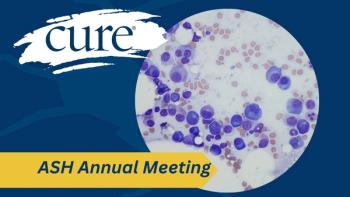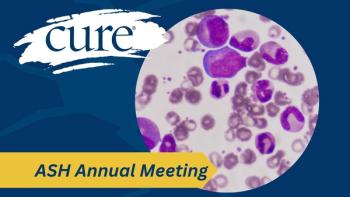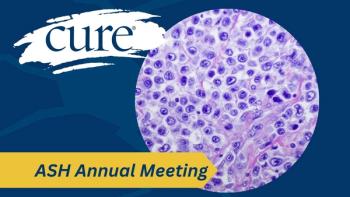
Biomarker Tests
Biomarker tests must strike a balance between sensitivity and specificity.
Screening tests confirm or disprove a healthcare provider’s suspicion that a patient has cancer so that a medical decision can then be made. But in order for a test to be considered useful, it must be able to correctly distinguish between a person who has the disease and a person who does not. Ideally, a test would be 100 percent accurate; however, while tests in the clinic are usually quite accurate, there are still some errors to account for. The following measures help determine a test’s usefulness:
Accuracy is the likelihood that a positive test result indicates disease or that a negative test result excludes disease. The accuracy of a test is determined by how sensitive and specific it is.
Sensitivity measures the percentage of people with cancer correctly identified as having cancer. If a biomarker test is not sensitive enough, the results may suggest a person does not have cancer when in fact he or she does. This is called a “false negative.” If a test is highly sensitive, it will identify most people with the disease—that is, it will result in few false-negative results.
Specificity measures the percentage of people who do not have cancer correctly identified as being free of disease. If a biomarker test is not specific enough, the results may suggest a person has cancer when in fact he or she does not. This is called a “false positive.” If a test is highly specific, only a small number of people will test positive for the disease who do not have it—in other words, it will result in few false-positive results.
Positive Predictive Value is the percentage of patients who test positive for a disease who actually have the disease.
Negative Predictive Value is the percentage of patients who test negative for a disease who do not actually have the disease.





